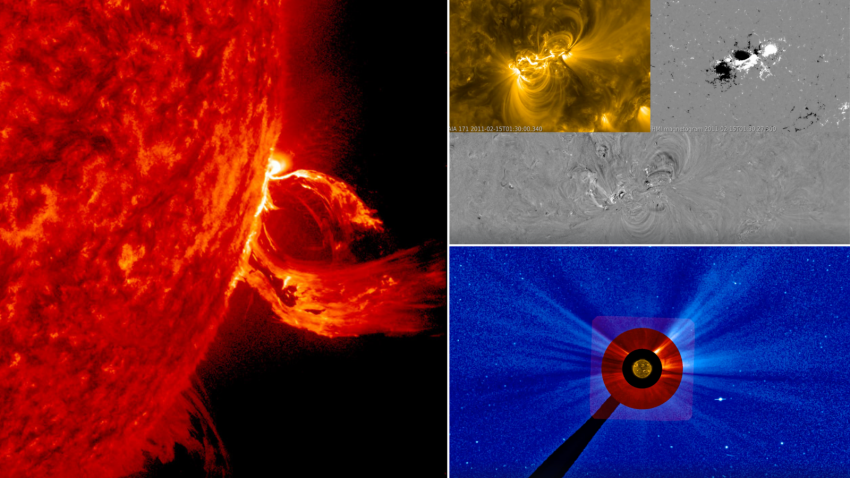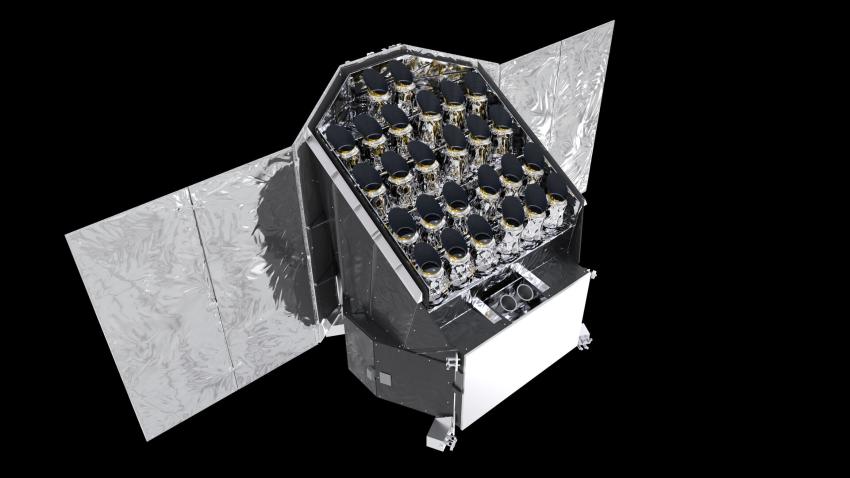
Credit: NASA Goddard Space Flight Center/Jhelioviewer
Licence type Attribution (CC BY 4.0
Space storms could soon be forecast with greater accuracy than ever before thanks to a big leap forward in our understanding of exactly when a violent solar eruption may hit Earth.
Scientists say it is now possible to predict the precise speed a coronal mass ejection (CME) is traveling at and when it will smash into our planet—even before it has fully erupted from the sun.
CMEs are bursts of gas and magnetic fields sp...
Read More








Recent Comments